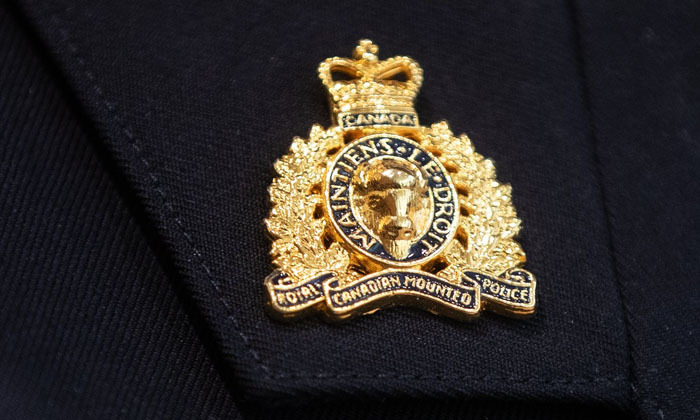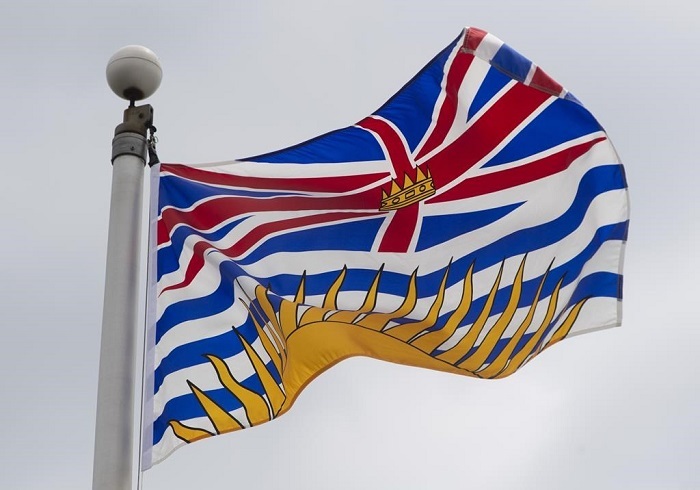101.7 FM
88.1HD2
 8.85 c
8.85 c101.7 FM
88.1HD2
B.C. snowpack at 72% of normal as of Feb. 1 after 'extremely dry' January
BY The Canadian Press, Feb 12, 2025 4:23 PM - REPORT AN ERROR
The latest snow pack figures released Tuesday come after the province started the year with a snowpack at 13 per cent below normal.(Photo: The Canadian Press)
British Columbia's latest snow and water supply bulletin says it was "extremely dry" across much of the province last month, with average snowpack measuring 28 per cent below normal as of Feb. 1.
The latest snow pack figures released Tuesday come after the province started the year with a snowpack at 13 per cent below normal.
The bulletin, release by from the Ministry of Water, Land and Resource Stewardship, says last month fell within the top 10 driest Januaries across much of the province, while Abbotsford, Penticton, Kelowna, Vernon, Cranbrook and Chetwynd were in the top five since record-keeping began.
It says a moderate precipitation event over the southern half of the province in the last few days of January prevented several locations from reaching new record lows for snow.
The snowpack dropped throughout January in most regions, plunging by 35 per cent on Vancouver Island by the start of February.
The bulletin says areas with below-normal snowpack show "early concerns" for drought conditions in the spring and summer, while areas with near-normal snowpack may have a higher risk of melt-related flooding this spring.
Still, there are two to three months left this season, and the snowpack could still change significantly, says the bulletin issued Tuesday.
The bulletin says the average snowpack across B.C. was 72 per cent at the beginning of the month, higher than the 61 per cent recorded on the same date last year.
There's a high degree of variance across the province, ranging from 20 to 108 per cent of normal. The western Upper Fraser basin is sitting at 92 per cent, while snowpack in the Skagit was sitting at just 20 per cent of what's considered typical.
Share on
Related News
Sign up for the newsletter
We'll deliver best of entertainment right into your inboxWe love to hear from our listeners, so feel free to send us message

















